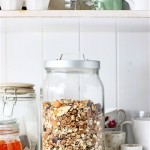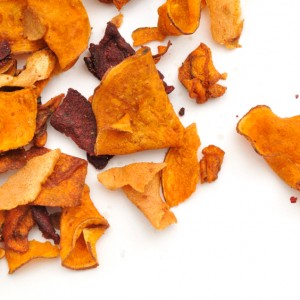Vegetables – 6 Week Body Makeover
We have a wide variety of vegetables to choose from and it can be tough to figure out the best form to buy them in for use with our program. Your eating journal will help you figure out how well a particular kind works for you as an individual, yet here are some things you may want to bear in mind.
For variety and convenience many of us have used bags of mixed vegetables. Whether fresh salad mixes or frozen blends, it can be critically important to read the ingredients to be sure that all of the included vegetables are appropriate for use with our program. Radishes, for instance, are considered Carbohydrates for our purposes. Sugar snap peas are a Carbohydrate that we avoid while eating to reduce. Not all vegetables work well for weight reduction so make sure the ones you use are recommended.
It is also critically important to read ingredient lists so that you aren’t getting salts, sugars, oils, or other undesirable chemicals added to your foods. That can happen with both frozen and canned vegetables as well as other foods.
As with most of our other foods, Vegetables get measured after preparation and in the form you’ll be eating them. Our most successful members cook and portion out at least some of their meals in advance, which can make portioning a little tricky in some cases. The volume amounts shown for Vegetables on your Fast Track card are what you should actually be eating, regardless of how they are prepared.
Fresh vegetables seem to give the best results overall. They offer higher nutritional values than their frozen or canned counterparts. Measuring them to eat raw gives a consistent measure, yet not everyone wants to eat raw vegetables. Different foods, such as spinach, shrink more than others during cooking. You wouldn’t want to chop up and measure your minimum amount of a Vegetable for a Lunch or Dinner and then cook it which reheating a meal because the volume would decrease. For pre-packing meals, using a mix of Vegetables with free foods so that you’ll end up with enough after cooking is a good idea, and it may take a bit of practice to figure it all out.
Frozen vegetables are a good alternative as they can be kept longer and in some instances they offer more convenience for those with busy schedules. Similar to fresh vegetables, however, their volume will change when thawed and/or cooked. The freezing process causes the water in them to expand, breaking down some of the fiber and giving a higher volume. Measuring out frozen vegetables straight from a bag and into a meal container for sake of letting them thaw and reheating the meal when it’s time to eat can yield too little. Rinsing with tap water to remove any frost/ice can help some. As with fresh, using a blend with free foods and adding more can work well -you just don’t want to end up with too little. You may want to try experimenting with packing a few meals for use at home and re-measuring the Vegetables to see how much of a decrease there has been when your meal is reheated and ready to eat.
Canned vegetables are often older before being canned and typically offer less overall nutrition and fiber than the others. They may be easier to digest for some people. Most have been broken down so much in processing that they don’t lose much volume if cooked. There are some health concerns these days due to the BPA linings in many food cans. Canned food can keep for a long time, yet may not give you the kind of results you desire. Also, since we’re working with volume measurements and canned foods are sold packed in water and by weight, those vegetables aren’t always as cheap as they might seem.
Lastly, we don’t recommend using dried vegetables to meet your Vegetable requirements. Using some, especially free foods, to flavor and/or garnish your meals is fine. Yet even fully reconstituted dried vegetables won’t work as well to help you reach your goals if that’s all you use. Your body will benefit much more from having vegetables with more intact fiber and higher nutritive values.







Leave a Reply